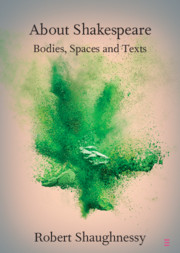Element contents
About Shakespeare
Published online by Cambridge University Press: 09 September 2020
Summary
- Type
- Element
- Information
- Online ISBN: 9781108643375Publisher: Cambridge University PressPrint publication: 01 October 2020
Bibliography
- 11
- Cited by

